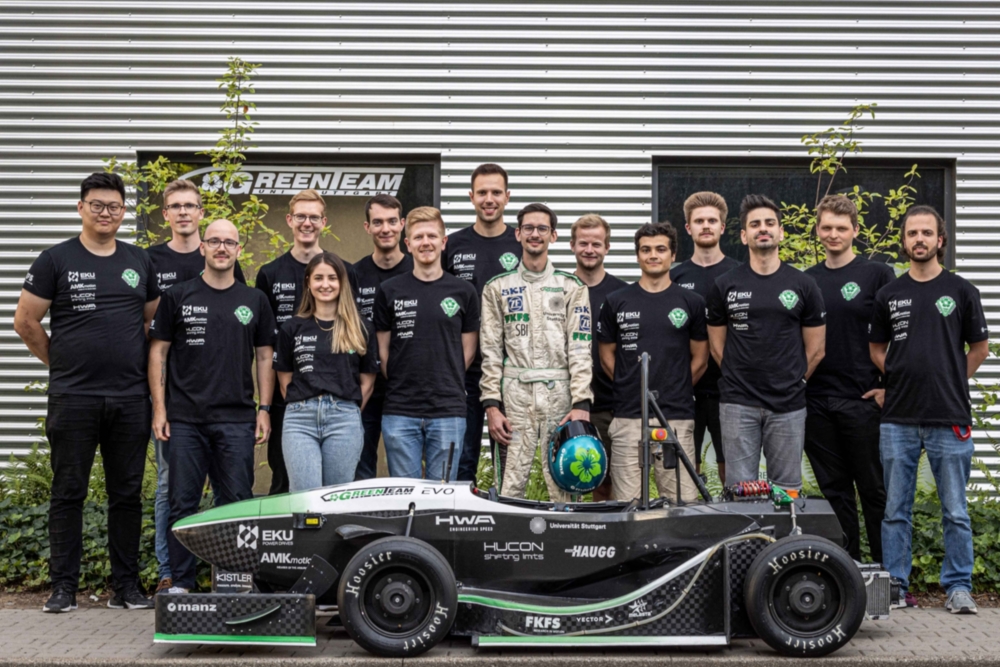Researchers at Michigan State University have been awarded $2.5 million from the Department of Energy’s ARPA-E program for their research and development of the wave disk generator, a new engine that could drastically change fuel and engine efficiency.
The wave disk generator is powered by battery, oxygen and gasoline, which spin the disk inside the engine thus creating the propulsion – the greater the spin, the greater the power. It’s a simple concept but the wave disk generator’s innovation lies, particularly, in its size and weight and eliminating the need for many features found in traditional internal combustion engines.
The wave disk has no pistons, crankshaft or transmission, nor does it require a cooling system. Its small size and light weight (20% lighter than conventional engines in fact) also means that the engine will be much easier on fuel. Essentially, it needs less to do more, at least in theory.
The possibilities of the wave disk generator are certainly exciting but it has yet to be used with a real car. This where the research’s new funding comes in for the project headed up by associate professor Dr Norbert Müller. The project will move towards creating a “vehicle-sized”, 25 kilowatt wave disk generator, of 34 horsepower, inside a car.
These tests with an actual car will be vital in the wave disk generator’s future. If successful initially, further development of the engine could lead to mass production but if not, the project could be abandoned.
The researchers’ aim for the wave disk generator is to “enable hyper-efficient hybrid vehicles to meet consumer needs for a 500-mile driving range, lower vehicle prices, full-size utility, improved highway performance and very low operating costs.”
Should Müller and his team be successful with the testing, the wave disk generator could be up to five times stronger than an internal combustion engine and three and a half times stronger than a hybrid. The wave disk generator also has considerably lower CO2 emissions.







